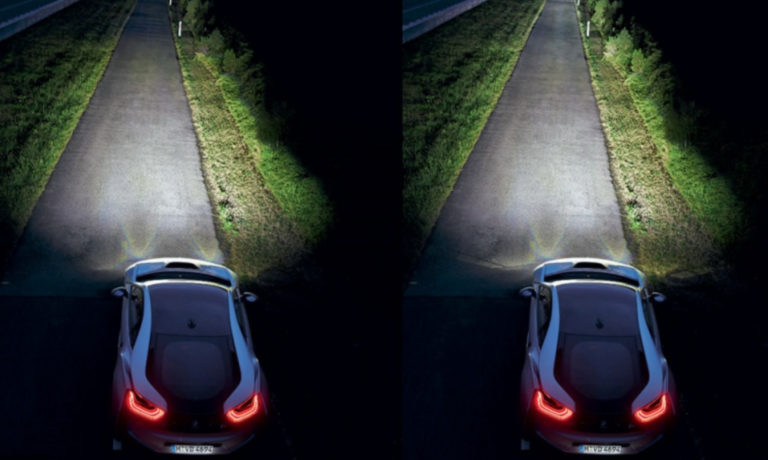What is the difference between xenon and bixenon, what is better to choose
Bad headlighting is often the cause of accidents in low visibility conditions. Automotive lamp manufacturers offer halogen and gas-discharge light sources. These include xenon and bi-xenon lenses.
Xenon (Xe) occupies 54th cell in the Mendeleev table. It is used to fill the discharge lamps in the headlight units and PTF, providing bright illumination of the roadway and good visibility at night.
Briefly about xenon lamps
The principle of operation of xenon optics is based on emission of powerful electric discharge inside the lamp. With a stable voltage and the presence of a gas environment, the xenon light does not change direction and remains constant. The high-voltage pulse required for operation is generated by an electronic ignition unit connected to each headlight. It works, depending on where it is installed, as a high beam, dipped beam or in fog lights. The xenon light is comparable with a daylight lamp and provides coverage of a large radius.
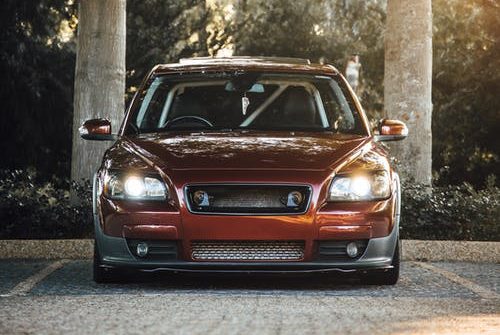
The high degree of stability of radiation does not allow you to get more or less luminous flux than declared in the technical specifications of the equipment.
Often, combined optics are installed in the headlights: xenon for the low beam and halogen lamps for the high beam. Bi-xenon lenses solve this problem.
What are bi-xenon headlights or lenses
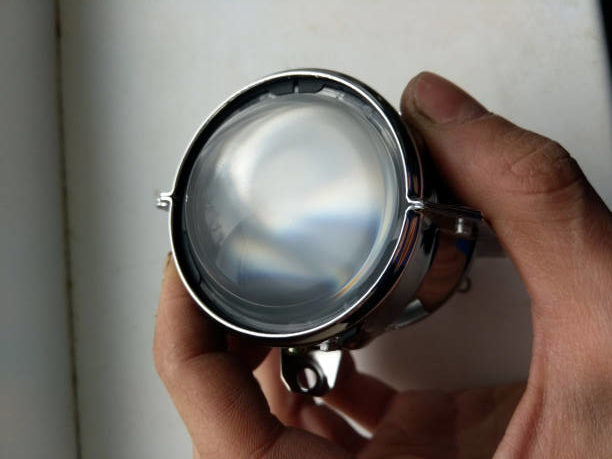
Also, like xenon lamps, the glow is produced by the passage of an electrical discharge through an inert gas environment. The degree of brightness and efficiency is almost the same as xenon. The prefix "bi" distinguishes this type of lens from its predecessor by the fact that they can operate in two modes, providing both near and far light. The focus of the light flux is technically possible due to the mechanism built into the design of the lamp. A spring pushes the mechanism, a magnet attracts the luminous bulb, and a curtain regulates the direction of the light flux. Light modes are switched automatically and do not affect the quality of light.
Table of differences between xenon and bi-xenon
Gas discharge lamps have common features in characteristics, but they have a number of significant differences.
| Characteristics | Xenon | Bixenon |
|---|---|---|
| Composition | A mixture of inert gases emits light by means of a stabilized arc discharge. | The gas is created from the salt by the passage of the discharge. Barrier, magnet, spring. |
| Principle of operation | High beam, high beam or fog light. | High beam and dipped beam simultaneously. |
| Complete set | Lamp and ignition unit for each individual type of light. | Lamp, ignition unit, relay. |
| Features of installation | Installation of each lamp separately. Suitable for headlights or PTF. Lamps with different socket: H1, H11, H13, H3, H4, H7, H9, HB4. | One lamp. Suitable for mounting only in headlights. Two modes of light range in the lamp. Socket: H4, HB5, HB1. Standard base: D1S, D2S. |
| Mounting | Mounting in headlight with separate seats for 2 lamps. | Mounting in a one-piece headlight with one bulb housing. |
Pros and cons
If installed and adjusted correctly, the light from the xenon/bixenon will not dazzle the other drivers and gives quality illumination to the road and the roadside. In fog, rain, snowfall visibility of such lamps is better. The xenon brightness reaches a mark of 3200 lm (lumen), which is more than halogen lamps in 2 times. Xenon and bi-xenon lamps are economical: their service life is about 3000 hours, and the small power consumption minimizes the load on the generator and fuel consumption.
Of the disadvantages:
- Difficulty of self-installation. For legal for legal installation in headlamps such lamps need to study the technical characteristics of the car (installation of xenon and bixenon is not possible in every model). Check the compatibility of the equipment with the car headlight.
- Headlight modifications that are not designed for the installation of xenon/bixenon are made in specialized centers. The cost of such modifications is quite high. In addition, the approval process with the traffic police takes a long time.
- Expensive components: control units, ignition units, the purchase and installation of the bixenon itself.
- When buying a used car with factory or modified xenon, you need to check the approval documents for the optics. For illegal xenon in Russia you will face a fine or deprivation of rights.
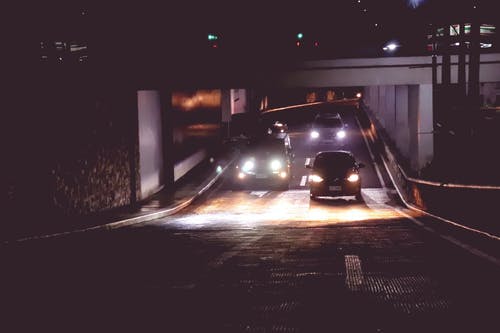
Is there any punishment for using bi-xenon bulbs
For the use of xenon lamps in the headlights, the factory design of which is not designed for their use, the Code of Administrative Offences of the Russian Federation provides for punishment.
Non-standard xenon can dazzle other road users due to the lack of automatic light beam corrector and headlight washer, improper angle of scattering of reflected radiation, mismatch of reflective surface class. It is a violation of the conditions of safe road traffic.

According to Article 12.4 Part 1 of the Administrative Code of the Russian Federation "for the installation on the front of the vehicle lighting fixtures, color lights and modes that do not meet the requirements of the Basic provisions for the admission of vehicles to use and road safety, an administrative fine of $ 30 for citizens, officials 15-20 $, legal entities 400-500 $ "with confiscation of lamps and ignition units.

For driving with the installed lights, the color and mode of which do not meet the requirements of Article 12.5 clause 3 provides for deprivation of license for a period of 6 to 12 months with retesting the examination of knowledge of traffic rules and confiscation of these devices and fixtures.
Stopping the vehicle to check the compliance of headlights with the standards is carried out at a stationary post. Inspection is authorized only by a technical inspection inspector after presenting the certificate.
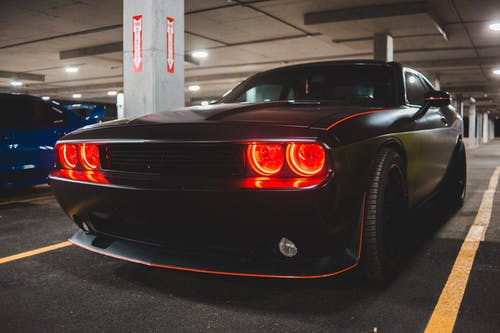
Xenon and bi-xenon in the headlights designed for halogen lamps is qualified as mismatch of operation of external light devices to the technical characteristics of the vehicle and is regarded as the vehicle malfunction:
- п.3.1: "Number, type, color, location and mode of operation of exterior lighting fixtures do not meet the requirements of the vehicle design".
- Clause 3.4: "There are no diffusers on lights or lamps and diffusers not corresponding to this type of lights".
Only a court can deprive the right to drive a vehicle (article 3.8 of the CAO RF). Police officers have no such authority. The court decision may be appealed in the superior court.
Whether it is allowed to install xenon in the car is described in the instruction for the vehicle. Absence of marking on the headlight and the information in the manual means that installation of xenon is not legal, and it is the same for headlights and taillights.
Read more here: Can you drive with xenon in your headlights under traffic code rules
How to lawfully install illegal xenon
It is possible to avoid unpleasant meetings with the traffic police, fines and deprivation of driving license, if you equip your car with xenon or bixenon lamps according to the technical characteristics of the car.
GOST R 41.99-99 (UNECE Regulation N 99) clearly regulates the marking of gas-discharge light sources. Xenon and bixenon are marked on the base with the letter "D" for DC (xenon low-beam), DCR (bixenon), DR (xenon high beams).
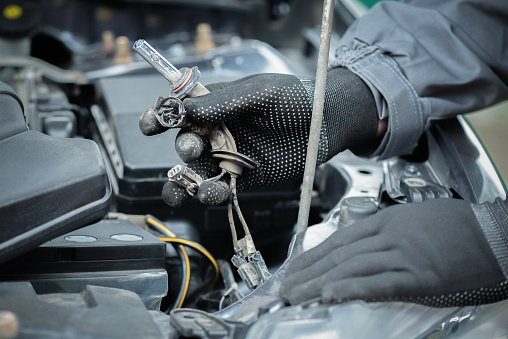
Entrust the installation of the lamps to qualified professionals who can guarantee the legality of the installation and issue permits.
What kinds and recommendations for choosing bi-xenon optics
The choice of bi-xenon lenses depends on the factory design of the car and the wishes of the driver:
- Lens type.: OEM or universal. For the original bi-xenon D1S, D2S lamps are suitable firms Bosch, Philips, Osram, Koito, FX-R, Hella.
- Light temperature. Popular standard lens is 4300K. Soft white-yellow light, good visibility on wet asphalt. 5000K - bright white light, but inferior in illumination to the previous option. 6000K and 8000K look aesthetically pleasing, with a bluish hue, but the illumination of the roadway is more diffuse.
- The dimensions of the lamp should be smaller than the size of the headlight. Bi-xenon lenses come in three diameters: 2.5; 2.8; 3.0.
- Headlight design.. The fluted surface should be polished or replaced with a transparent surface to avoid scattering light and blinding drivers of oncoming traffic.
Read also: The 6 best models of xenon bulbs
Conclusion
A significant difference in pricing often inclines drivers in favor of xenon. It is used together with halogen lenses. Bixenon Closes the issue of two types of lighting with a single lens. A wide range of illumination allows you to see objects on the road and curb better.
Properly installed xenon and bi-xenon lamps provide high-quality lighting in all weather conditions and reduce eye fatigue.
